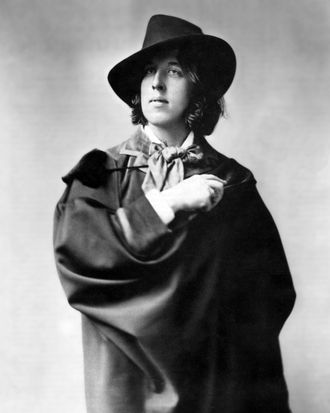
Long before menswear was preceded by a hashtag, fire alphets took social media by storm, or Four Pins was a gleam in anyone’s eye, men cared a lot about their clothes. At least fops, dandies, and macaronis — historians’ terms for different tribes of fashion-focused men — certainly did.
A name that’s still synonymous with dandyism is Beau Brummel, the 19th-century British gentleman of society who spent a mere five hours putting together his outfit every day. Brummel, explains Valerie Steele, director and chief curator at the Museum at FIT, “was known for wearing very simple navy jackets; really impeccable, clean white linen; a carefully tied cravat — things like that, but very much focusing on tailoring, cleanliness, simplicity, which is really the beginning of the new movement in menswear away from decoration and color and adornment and toward sobriety and a focus on tailoring and fine material. So the rise of the dandy is really associated with the rise of the gentleman and is sometimes called the ‘great masculine renunciation’ of giving up fancy clothes.” Cartoonists like George Cruikshank loved nothing more than to poke fun at the burgeoning fashion movement, “depicting [dandies] being laced into corsetry so tight they fainted.”
While England, Brummel’s home turf, was initially where the dandy came into being, the style soon spread to France, with poet Charles Baudelaire numbering among the many wearers of the look. “With Baudelaire, you see the beginning of the idea of black as being associated with what the dandies are wearing,” explains Steele. “Brummel wasn’t wearing black clothes, but Baudelaire was wearing all black and was very much about a less-is-more look, a new aristocratic style that was very sober and refined as opposed to being highly decorative. It wasn’t about being an old-style aristocrat, but a new kind of aristocracy of the mind.” For Baudelaire and his ilk, the goal was to be “not an old-school aristocrat but also not a money-grubbing bourgeois — in simpler terms, the equivalent of a hipster now. It had nothing whatsoever to do with being over-dressed or fancifully dressed, but, on the contrary, a very kind of minimal and austere look. And an attitude of coolness or hipness.”
Steele cites the writer Jules Amédée Barbey d’Aurevilly, who defined the style in 1859, writing “the dandy is the black prince of elegance … indifferent to the horse he mounts, to the women that he greets, to the man that he approaches, and to whom he stares for a moment before acknowledging him and wearing written on his forehead in English this insolent inscription ‘what is there in common between you and me?’” (Steele points out that since this was a French writer, the reference to an English inscription indicates snobbery.) There is, she says, “this idea that the dandy is distinguishing himself from other people. There’s this kind of arrogance, boredom, and the idea that he’s really only interested in judging himself, and he doesn’t admit that anyone has the right to judge him.”
As the dandy evolved, notables like Oscar Wilde became associated with the style. “At first he was more foppish with his aesthetic style,” Steele notes, with “pseudo-18th-century breeches and long hair and ruffled collars, but then he gives all that up and goes into a much more hypermasculine [mode], with a dark suit. That’s where the dandy becomes associated with homosexuality. The idea that it’s a masquerade of masculinity but it’s done just a little bit too well. The dandy [became] a very important queer archetype, but that really emerges in Oscar Wilde’s era, around the late 19th century.”
Today plenty of men own up to considering themselves modern-day dandies, but the concept goes far beyond just being well-dressed. Rather, it’s an ethos of self-presentation. “I’ve always loved the term,” says Chris Benz, the creative director of Bill Blass. “When you want to feel a little outrageous, and menswear can be a little more subtle. It’s an easy platform to just be like, ‘Oh, I’m doing a little dandy moment.’” Street-style star Nick Wooster is a tad more nonchalant, saying, “My style is ‘whatever’s closest.’ I just get dressed; I can’t describe it. Peaky Blinders meets Miss Selfridge. A little masculine and a little feminine. I think that’s an okay place to be.” And Waris Ahluwalia, the jewelry designer who’s known for his louche take on the look — think a shirt unbuttoned well past the breastbone — sums up the appeal of the lifestyle as follows: “The hope is that if one looks like a gentleman, one may be inclined to behave like a gentleman.”
Today the notion of men dressing well has become increasingly disentangled from sexuality. Johnny Weir, with his elaborate headgear, takes the dandy look to decorative, Liberace-esque extremes, but Kanye West also has dandy influences, favoring dramatic, Baudelaire-worthy black cape coats, crisp monochrome white getups, and, of course, the occasional Céline blouse. As for whether it takes him a Brummel-esque five hours to get ready, only his mirror knows for sure.
Additional reporting by Ericka Goodman.
Click through the slideshow to see a timeline of dandies through the ages.
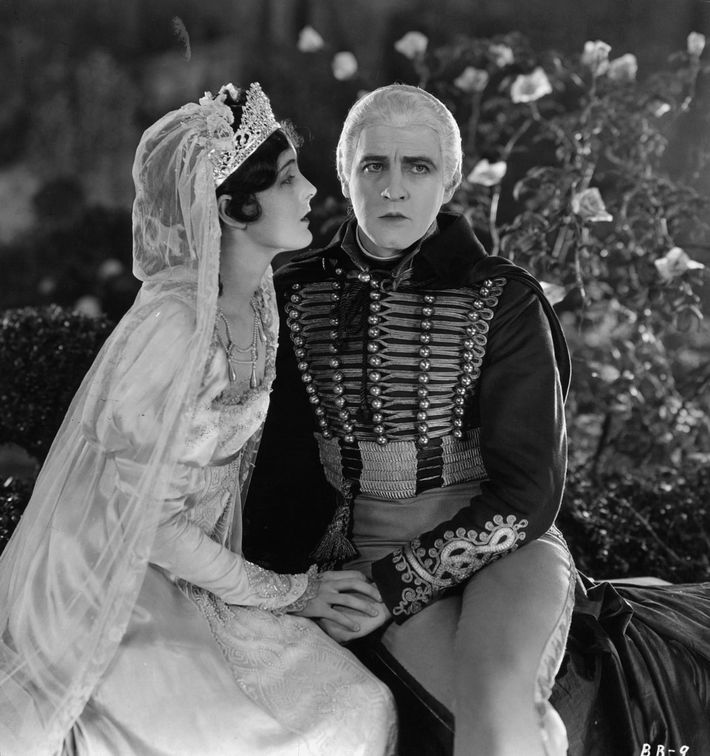
Beau Brummel
The iconic dandy was well known enough to be immortalized by John Barrymore (shown here with Mary Astor) in a 1924 biopic.
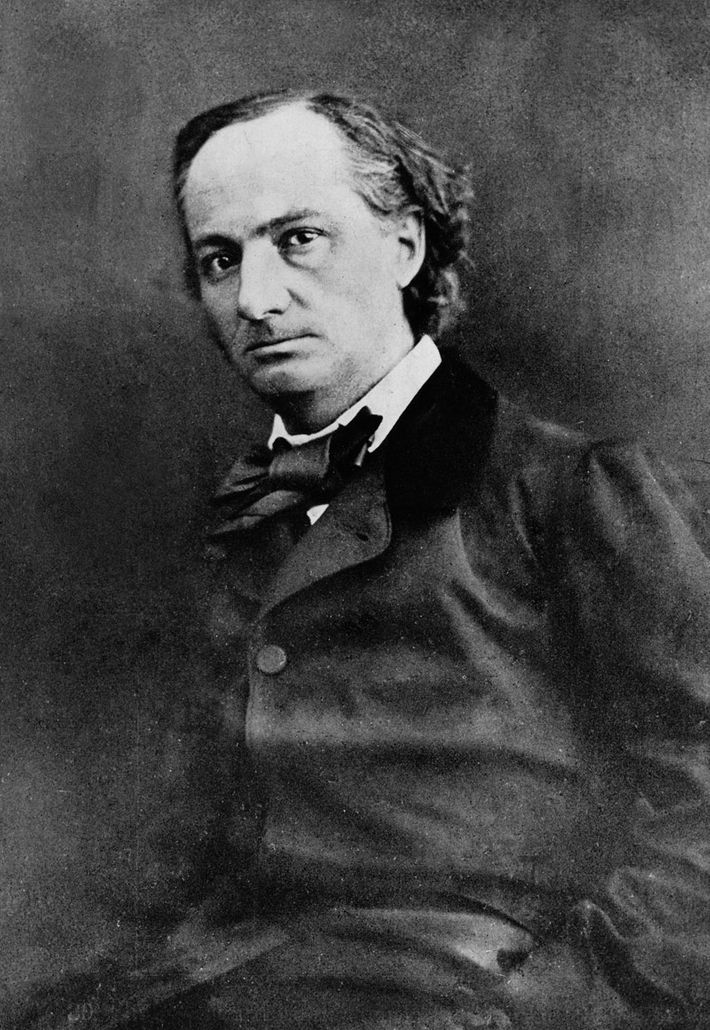
Charles Baudelaire
In his dark, romantic clothes, the poet was the epitome of the French dandy look.
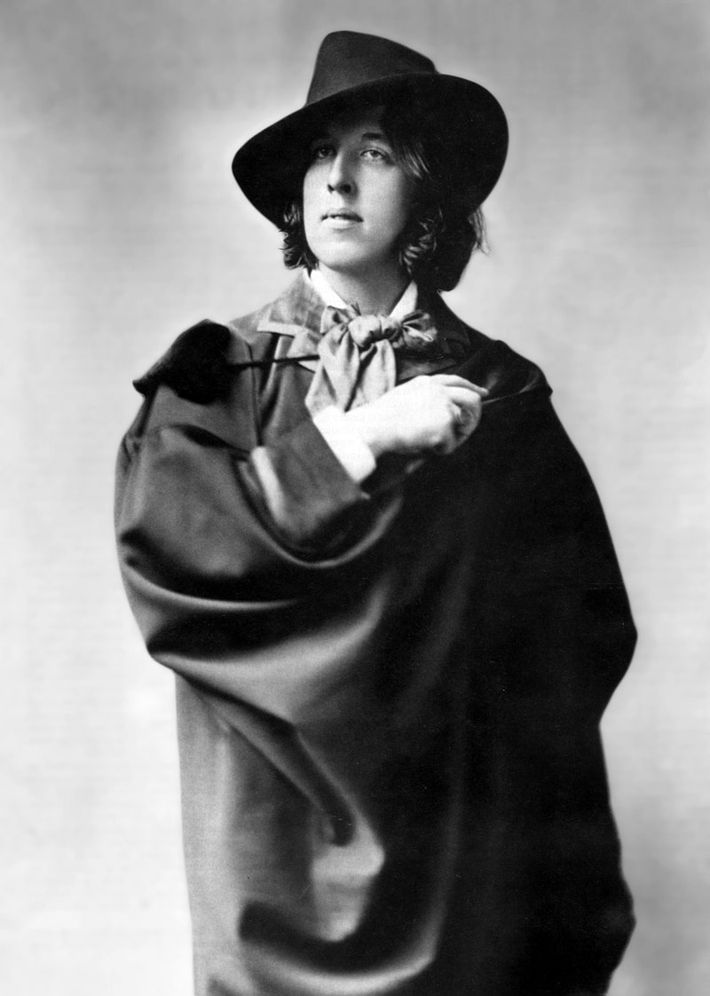
Oscar Wilde
The impeccably dressed playwright, shown here in 1882, once said, “I have the simplest tastes. I am always satisfied with the best.”
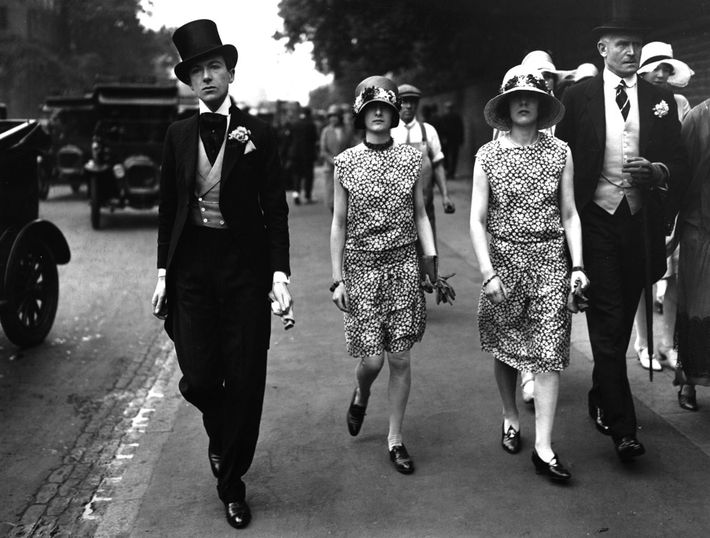
Cecil Beaton
Kitted out for the most British activity in existence — a cricket match between Eton and Harrow — Beaton looked characteristically sharp next to his sisters circa 1927.
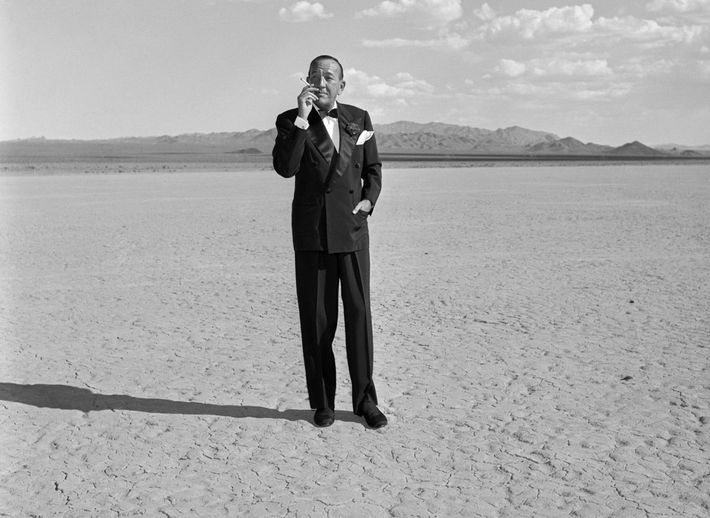
Noël Coward
The natty Brit was a bit out of his element in the Nevada desert as he prepared for his 1955 Vegas revue.
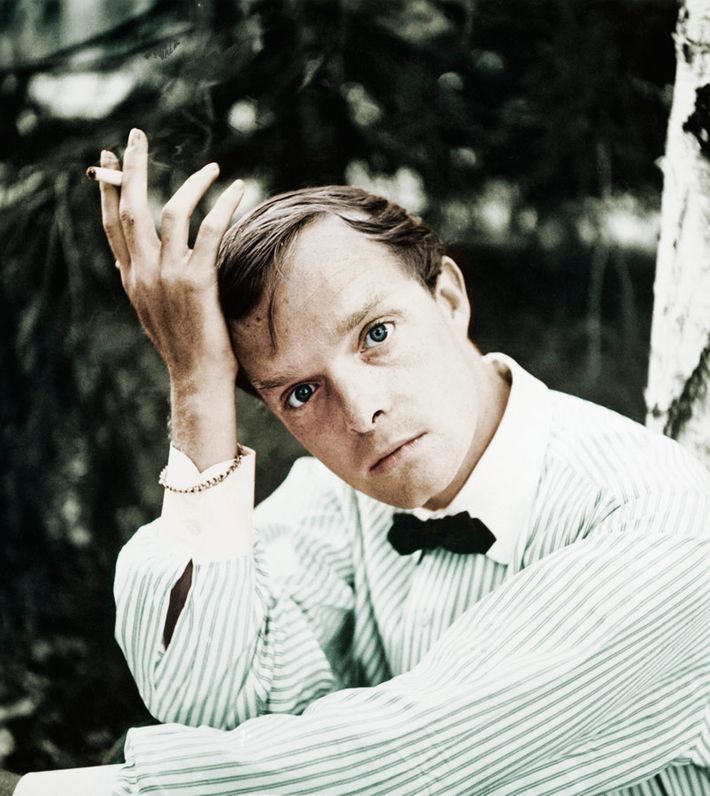
Truman Capote
The dapper Alabaman poses in a bow tie in this undated image.
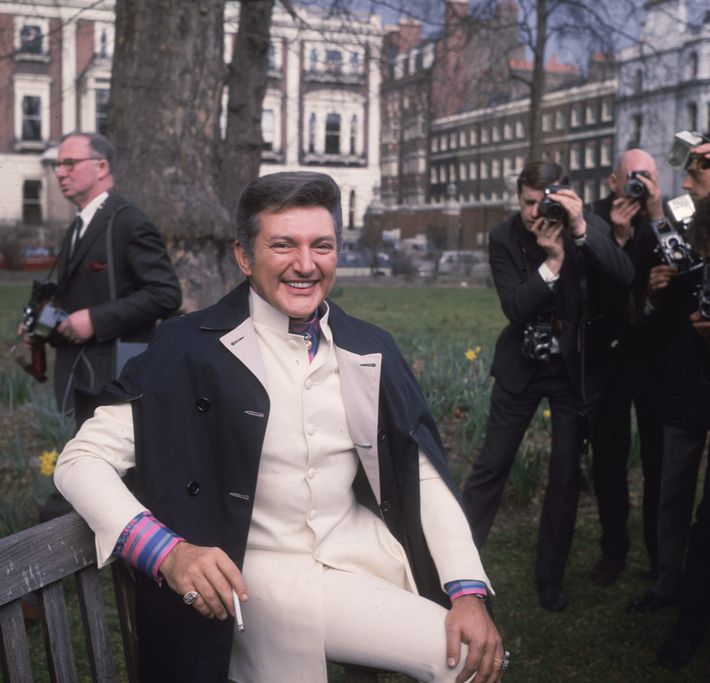
Liberace
Before Bob Mackie came into his life, Liberace’s look was a bit more traditional. Here he poses for photographers in London in 1960.
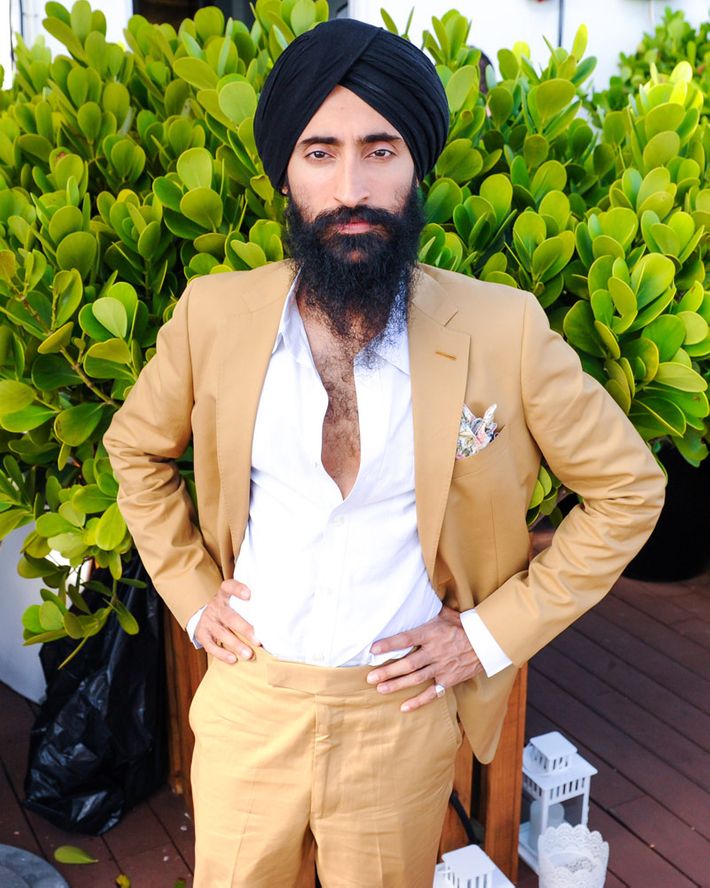
Waris Ahluwalia
The jewelry designer and man-about-town favors tailored suits with shirts rakishly unbuttoned to mid-torso.
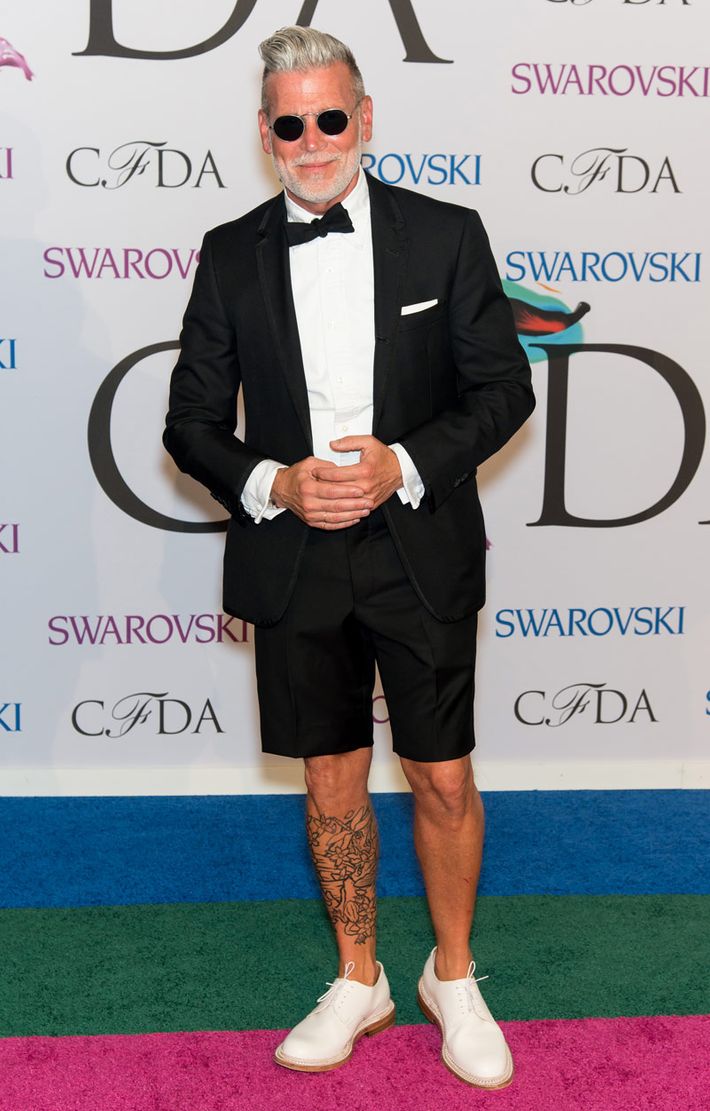
Nick Wooster
At the 2014 CFDA Awards, the street-style star showed off a Pharrell-worthy soft spot for formal shorts, not to mention some badass leg tats.
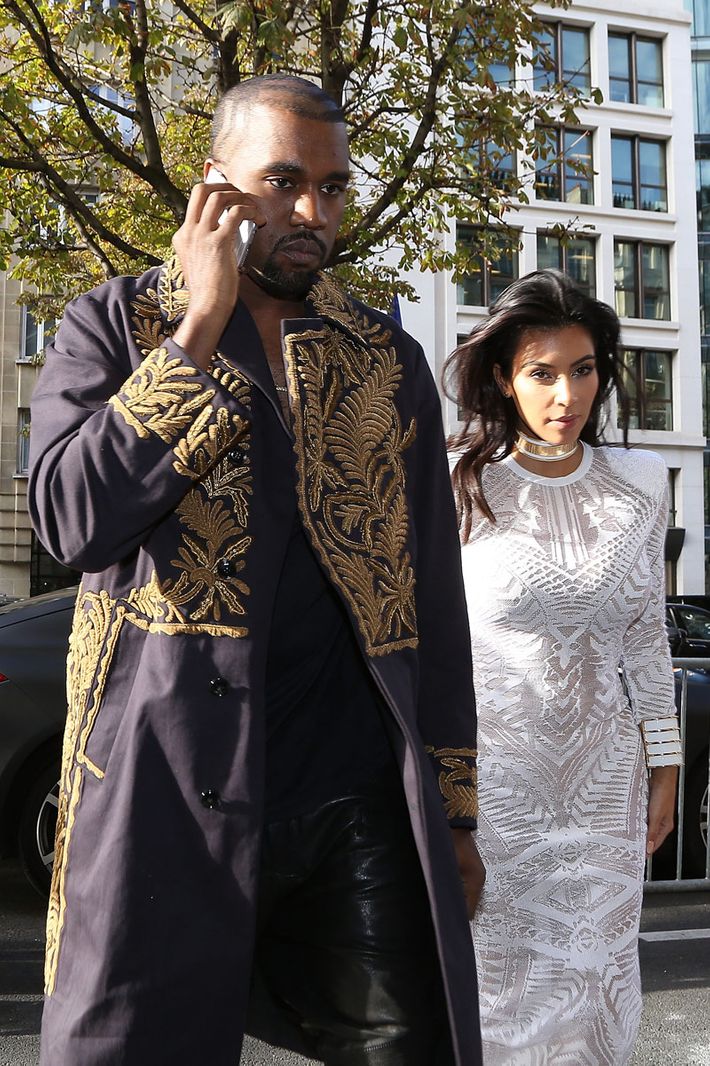
Kanye West
Whether he’s sticking to neutrals or rocking an embroidered robe coat, West is one of the most dandyish dressers around.




